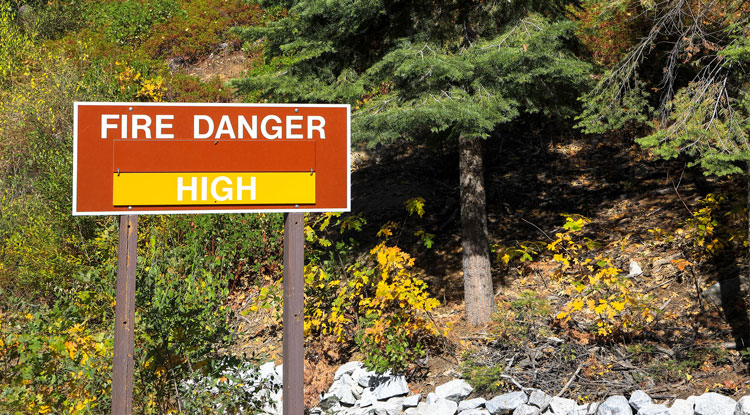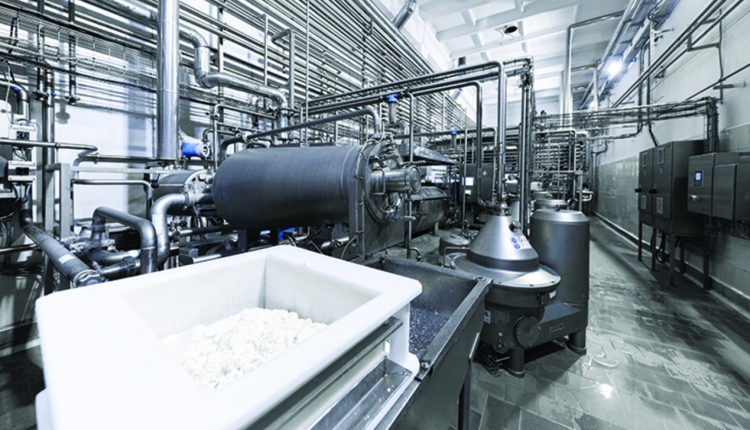
Although California and the western U.S. are making headlines for excessively high temperatures and effects from fires such as smoke, dairy analysts don’t anticipate much loss on milk production.
“Dairy producers do better than 10 years ago insulating cows from heat and cooling them down,” Dave Kurzawski said, speaking during StoneX’s Global Dairy Outlook webcast. “I pulled data from 2006, which is the last time California had this kind of heat, and they were down a tenth of a percent that summer but rebounded 4% in August. There’s a reason to be cautiously optimistic,” continued Kurzawski, who is team lead of dairy risk management consulting for StoneX.
Nate Donnay agreed and said, “Some farmers are saying they think they’ll be down 10% because of smoke, which is possible during extreme weather events, but they tend to bounce back.
“It’s not a huge impact moving forward,” added Donnay, who is director for dairy market insights.
Report from the world’s largest dairy exporter
New Zealand is heading toward its typical transition period into spring with decent rains and average temperatures. Meanwhile, Europe has seen hotter-than-usual temperatures over the last two weeks.
“We’ve seen decreased milk production, which is a by-product of the elevated temperatures. It’s the worst July to August in 10 to 15 years — in the UK, it hasn’t stopped raining,” said John Lancaster. “With the upcoming cooler temperatures, we’ll revert to normal,” continued the head of StoneX’s EU dairy consulting.
While the weather affects production, COVID-19 has affected sales.
In the U.S., movement of dairy through schools is down 30% to 50%, but the analysts were optimistic the consumption could be made up through giveaway programs and home purchases. The questions about schools opening and whether they will stay open adds to the uncertainly of the demand in this category.
Being down an estimated 40% is a number that’s difficult to ignore.
“This might be the cynical part of my mind, but I think a lot of the schools are going to get a tuition check and send them back home,” Kurzawski said during the webcast on Thursday, August 27.
Lancaster reported that all levels of schools in Europe have already started or are just beginning in-person school, and that all Irish schools are keeping their classroom windows open.
“That should be interesting in the tougher part of winter,” he said. However, the fluid milk, cheese, and butter outlook for open schools looks positive.
Unprecedent milk markets
The analysts recognized that the bearish market and unusually high negative producer price differential (PPD) will have lasting effects.
“I’ve been in this business for 20 years, and I haven’t seen a divergence in pay price like this. It’s all over the board. I heard some producers made more in their first milk check in June than in all of April,” said Kurzawski. “We shifted from dumping milk to quota limitations, right into negative PPDs.”
The author and her family own and operate a sixth-generation dairy farm near St. Johns, Mich.










